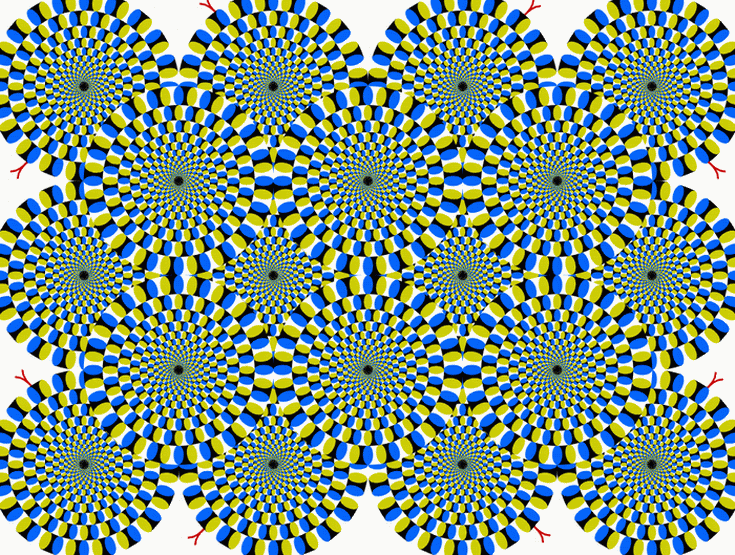Thanks Larry! Since it's kind of the off season, I spend a lot of time at the county archive museum pouring over old maps, some dating back to the early 1700's, looking for prospective sights to hunt. I know most of the folks in the county (small county ~52,000 people) so I already know most of the folks with the land. The only draw back is that the maps are not exceptionally accurate and don't include any GPS data. But the lay of the land hasn't changed much and most of the places to hunt are/were always located around a body of water or steam bed of some sort. That does make it a bit easier to use those as a reference point on the old maps.
But the lay of the land hasn't changed much and most of the places to hunt are/were always located around a body of water or steam bed of some sort. That does make it a bit easier to use those as a reference point on the old maps.
Thanks for the fine welcome!
Regards,
Robby
Thanks for the fine welcome!
Regards,
Robby


 ...I think that is exactly how the insides of the V works......
...I think that is exactly how the insides of the V works......